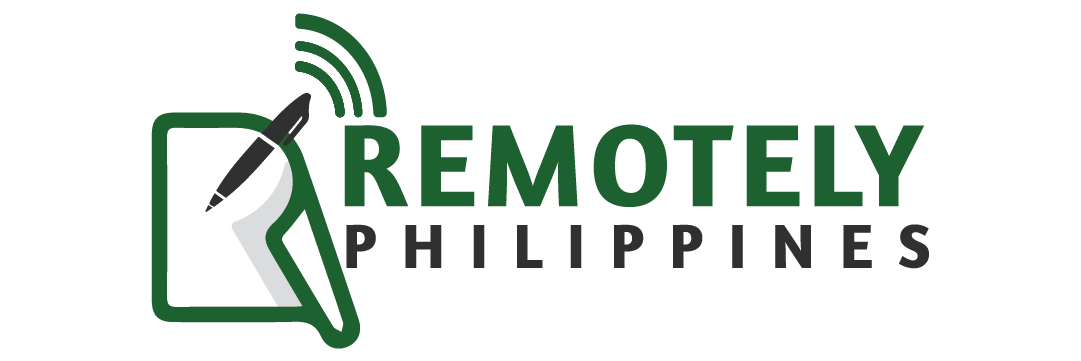“New Normal” in the Business Industry
Cleomae Pera • December 14, 2022
The COVID-19 pandemic has caused millions of lives, affected the global economy, and had secondary effects on livelihoods, education, and health throughout the world.
No country or economic category has been immune to the pandemic's direct effects, but underprivileged people are particularly vulnerable to the indirect effects, which include various public health measures such as extended lockdowns. This has also resulted in decreased economic activity across all industries globally. The pandemic harmed businesses, such as increased expenses, decreased sales, and labor-related issues such as pay or layoffs.
The COVID-19 pandemic has pushed us to adopt a new normal throughout the years. Not only in daily life, but also in business. Adapting to changing patterns is the only way to ensure that firms remain operational.
As they begin to reopen their businesses, the new normal requires business owners to follow a strict health protocol following government regulations, such as limiting the number of visitors, keeping employees and devices clean, practicing physical distancing, and checking the body temperatures of visitors and employees. Not only this but also, the pandemic resulted in the establishment of online enterprises during the height of national lockdown from past years, with the fashion and apparel industry seeing the greatest increase in new e-commerce businesses.
Are You Prepared to Adapt to the New Normal?
The following are important things to keep in mind in times of adjusting the business to the new normal:
The first type of adaptation is to modify your business model to reflect the current new normal. For example, if your business is in the food sector and has a specialized dine-in area, you must set a safe space between each table to avoid physical encounters, as well as hygienic supplies, such as hand sanitizers or a sink with hand soap. You should also explore the possibilities of running a delivery system.
Furthermore, the food industry has had a delivery system for years, but the COVID-19 pandemic has forced other economic sectors to adopt the same approach. Consider supermarkets, where many now provide delivery services to assist consumers to purchase for their daily requirements. You must adjust your business strategy to ensure that it does not offer a danger of virus transmission from consumers or workers.
In the new normal setup, it is important to sustain team connection and communication. Changes to your business strategy may also have an impact on your teams or workers. The worst-case situation is that you must terminate some of the employees' contracts or reduce their pay. However, don't limit team communication. Instead, be more candid with your staff regarding the status of your company.
If your business model change does not need the dismissal of multiple employees, maintain the interaction and communication. Create an understanding of how critical it is to practice the new normal. Ensure that your teams and employees actively engage in adhering to the health standard while conducting business. If an issue emerges, establish a chat room right away to have a team discussion.
We must prioritize safety and health during a pandemic. Always emphasize safety and health while making changes or adjusting your company strategy. Make certain that your company functions entirely on these two pillars. Make it as thorough as feasible, for example, by developing various scenarios for company operations under the new normal. You can also instruct each employee to have their health checked before returning to work. If at all feasible, you should pay for these medical examinations as their employer. It is preferable for you to take on this task.
When we adjust, we must be open to new ideas. It's important to create a more adaptable company model that can accommodate new technologies, especially given that the new normal is full of possibilities. Keep an eye on the present circumstances and seize every opportunity to build new things that will help your company survive and thrive during this difficult period.
One example is becoming flexible to digital-based company operations and more used to the concept of remote working. Other options include analyzing collaborative business models and integrating cloud technology into your organization. With these alternatives, you may join other company owners in one space and run your business alongside them.
The last thing every business owner must adapt to cope with the new normal is the financial status of the firm itself. As quickly as feasible, evaluate your company's monthly budget. Make it a point to pay off the majority of your business debts to balance your finances with current activities. Make a careful assessment of how long your company can continue to run regularly.
After that, reorganize your company's budget. Reduce any unneeded spending. If specific divisions or teams may work from home, make use of the remote working system. If your organization is unable to pay their allowances, notify and speak with them.
Sign up for our newsletter
Get regular curated content on management, outsourcing, and everything you need to know to stay ahead of the curve.









